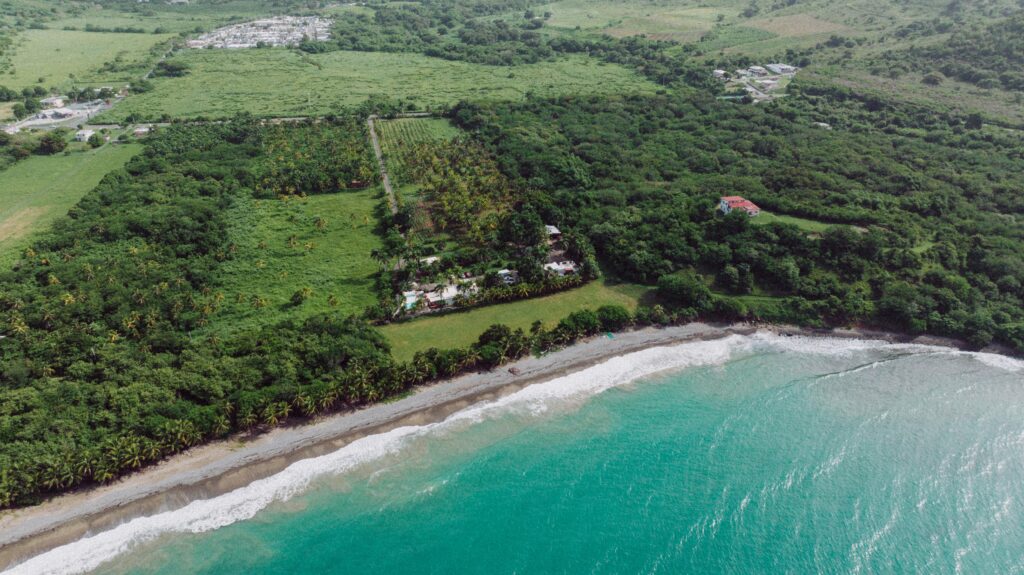How Far Can A Drone Fly From Its Controller?
How far can a drone fly from its controller? If you are a drone enthusiast or considering purchasing a drone, you may have asked yourself this question. The range at which a drone can be flown from its controller varies depending on several factors. In this article, we will delve into the details of how far a drone can fly from its controller and what factors impact its range.

Factors Affecting Drone Range
When it comes to the distance a drone can fly from its controller, there are several key factors that can affect the range. Understanding these factors can help you maximize your drone’s range and performance.
1. Type of Drone
The type of drone you have can significantly impact its range. Different drones are designed for different purposes and have varying ranges. For example, a racing drone may have a shorter range compared to a professional-grade camera drone. Knowing the capabilities of your specific drone model is crucial in determining how far it can fly from its controller.
2. Frequency and Transmission Technology
The frequency at which a drone operates and the transmission technology used also play a vital role in its range. Most consumer drones operate on either 2.4GHz or 5.8GHz frequencies. Higher frequencies like 5.8GHz can offer better range and less interference but may struggle to penetrate obstacles. On the other hand, lower frequencies like 2.4GHz may offer better penetration through obstacles but at the cost of shorter range.
3. Terrain and Obstacles
The terrain and obstacles in the flight path can also impact the range of a drone from its controller. Flying in urban areas with tall buildings can interfere with the signal between the drone and the controller, limiting the range. Similarly, flying in areas with dense foliage or heavy electromagnetic interference can also reduce the drone’s range.
4. Weather Conditions
Weather conditions such as wind, rain, and snow can also have an effect on the range of a drone. Strong winds can push the drone off course, reducing its range, while rain or snow can damage the drone’s electronics. It’s essential to consider weather conditions before flying your drone to ensure optimal performance and range.
Maximum Range of Popular Drones
Let’s take a look at the maximum range of some popular drones currently available in the market to give you an idea of the range capabilities of different models.
1. DJI Mavic 2 Pro
The DJI Mavic 2 Pro is a professional-grade camera drone known for its impressive range. With an OcuSync 2.0 transmission system, the Mavic 2 Pro can fly up to 8 kilometers or 5 miles away from its controller in ideal conditions. This drone is popular among professional filmmakers and photographers for its long-range capabilities.
2. Parrot Anafi
The Parrot Anafi is a lightweight and portable drone that offers a maximum range of up to 4 kilometers or 2.5 miles. With a robust Wi-Fi transmission system, the Anafi is capable of flying long distances while capturing stunning aerial footage.
3. DJI Mini 2
The DJI Mini 2 is a compact and beginner-friendly drone that provides a maximum range of up to 10 kilometers or 6.2 miles. Despite its small size, the Mini 2 offers an impressive range thanks to its enhanced transmission system. This drone is perfect for beginners looking to explore aerial photography and videography.

Tips for Maximizing Drone Range
If you want to push the limits of your drone’s range, here are some tips to help you maximize the distance it can fly from its controller.
1. Fly in Open Areas
Flying your drone in open areas with minimal obstacles can help maximize its range. Avoid flying in urban areas with tall buildings or dense foliage that can interfere with the signal between the drone and the controller. Open fields or parks are ideal for testing the limits of your drone’s range.
2. Maintain Line of Sight
Maintaining a clear line of sight between the drone and the controller is crucial for maximizing range. Flying behind obstacles or out of sight can weaken the signal and limit the drone’s range. Always keep the drone within your line of sight to ensure a strong and stable connection.
3. Avoid Interference
Avoid flying your drone in areas with high electromagnetic interference that can disrupt the signal between the drone and the controller. Power lines, radio towers, and other electronic devices can interfere with the drone’s transmission system, reducing its range. Choose locations with minimal interference for optimal performance.
4. Check Weather Conditions
Always check the weather conditions before flying your drone to ensure safe operation and maximize range. Strong winds can push the drone off course, while rain or snow can damage its electronics. Fly in clear weather conditions with minimal wind for the best range performance.

Conclusion
In conclusion, the range at which a drone can fly from its controller depends on various factors such as the type of drone, frequency and transmission technology, terrain and obstacles, and weather conditions. Understanding these factors and following the tips mentioned in this article can help you maximize your drone’s range and performance. Whether you are a professional filmmaker or a beginner drone pilot, knowing the limitations and capabilities of your drone is essential for a safe and enjoyable flying experience. So, how far can a drone fly from its controller? The answer may vary, but with the right knowledge and precautions, you can push the limits of your drone’s range and capture breathtaking aerial footage.
